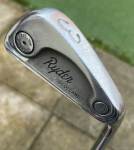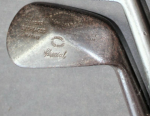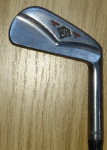Robster59
Tour Rookie
Agreed. Same as with Coke Zero and Irn-Bru Xtra. They certainly don't taste the same.https://askanydifference.com/difference-between-diet-pepsi-and-pepsi-max/
The main difference between Diet Pepsi and Pepsi Max is that Diet Pepsi uses only aspartame whereas Pepsi max uses both aspartame and acesulfame potassium but Diet Pepsi has higher aspartame content.
Another key difference in the marketing strategies was that Diet Pepsi was introduced as zero calories and carbohydrate free whereas Pepsi Max was introduced as low-calories and low – carbohydrate content drink.
Diet Pepsi and Pepsi Max also differ in their caffeine content. Diet Pepsi was created with lower caffeine content of 23mg whereas Pepsi Max has higher caffeine of 43mg.
So Pepsi Max is not just Diet Pepsi then.


